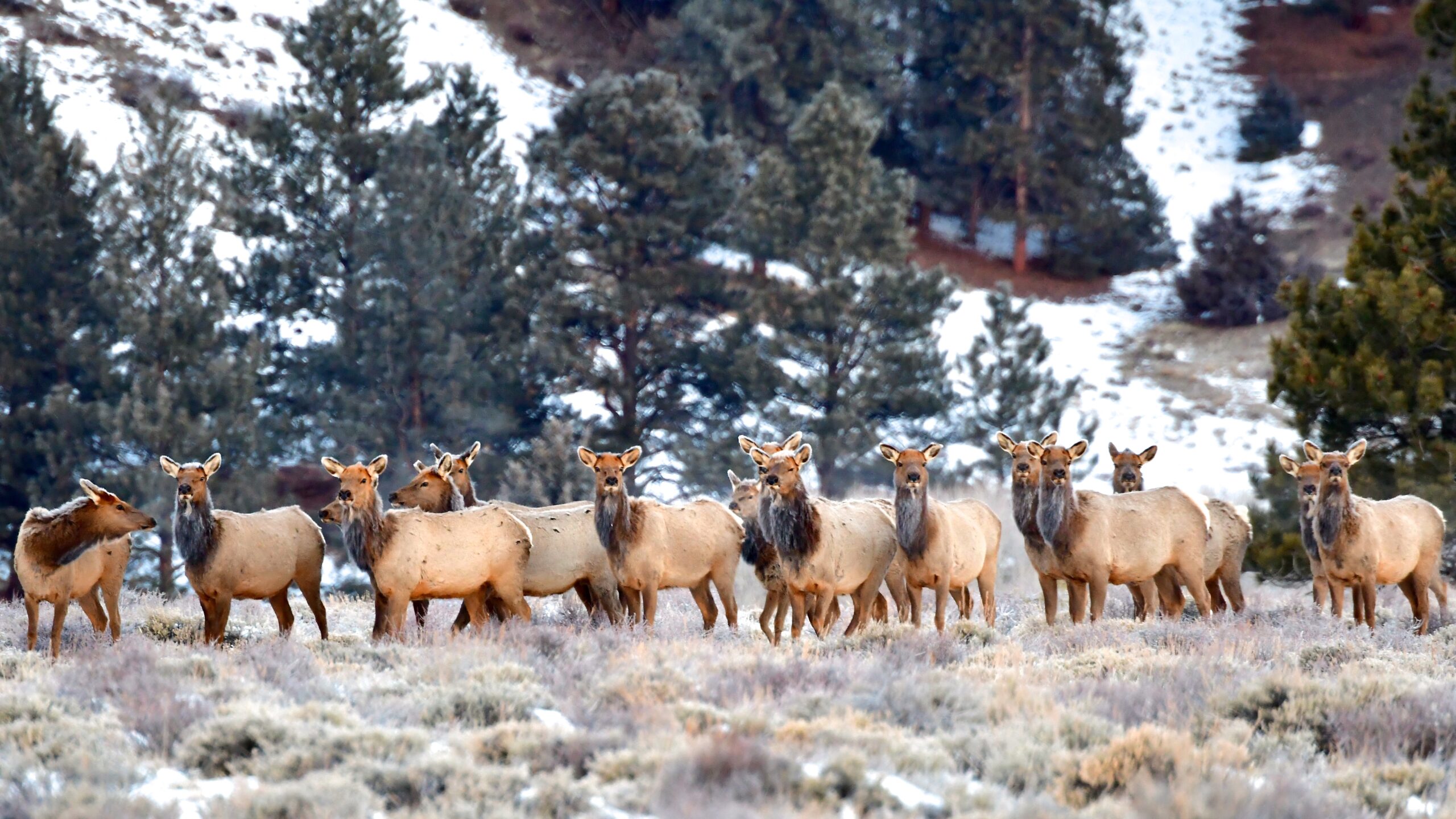Anxiety, strain, pressure, tension and annoyance all add up to stress. We all feel it, but did you know big game animals do, too? A new study shows some species, like elk, handle stress better than others. Researchers point out that is important to know and understand so wildlife managers can take proper actions on their behalf.
“The conservation and management of elk and other big game encompasses not only the protection of habitats but also an understanding of how these animals navigate these habitats, including their responses to stressors. This research highlights significant differences in how elk, mule deer and bighorn sheep react to stress, enabling us to refine management strategies tailored to each species,” said Heather Abernathy, study lead author who works at the Rocky Mountain Elk Foundation as wildlife research lead.
Abernathy and her colleagues found mule deer and bighorn sheep respond to stress in predictable ways, suggesting their behavior is largely shaped by personality, which is genetically based. On the other hand, elk show more flexible reactions, adapting to different situations rather than relying on fixed behavioral patterns.
Their ability to deal with stress may be rooted in how these species in the areas studied avoid predators. Bighorn sheep climb to extremely steep and rugged terrain because bears and wolves do not navigate it as well. It could also be based on how they find forage. With mule deer being the most faithful of the three species, returning to the same foraging grounds across their lifetime. Elk show flexibility in their behavior, perhaps because the studied herd lives in an area free of wolves or because the desert system they inhabit has an unpredictable amount of yearly forage, making flexibility in handling stressful situations better for their survival.
Perhaps there is a link between nutrition and behavior. Researchers admit they surprisingly found an animal’s body fat levels do not influence how it responds to stress, which suggests temperament is a stronger driver of behavior than physical condition, at least for deer and sheep.
Research on elk behavior supports RMEF’s efforts to enhance habitat management and conservation planning, helping decision-makers implement strategies that align with how elk and other wildlife interact with their landscapes.
“By recognizing stress responses vary by species, we can make more informed management decisions to ensure elk and other wildlife thrive in an ever-changing landscape,” said Abernathy.
(Photo credit: Rocky Mountain Elk Foundation)
